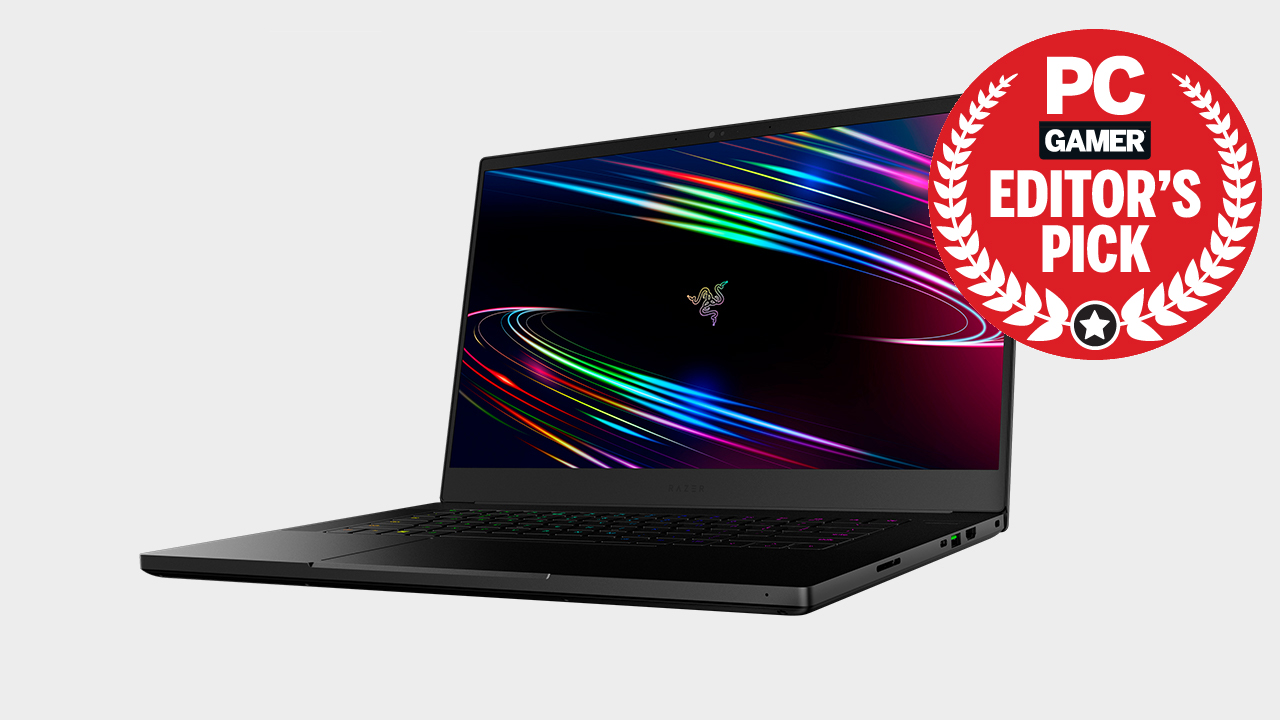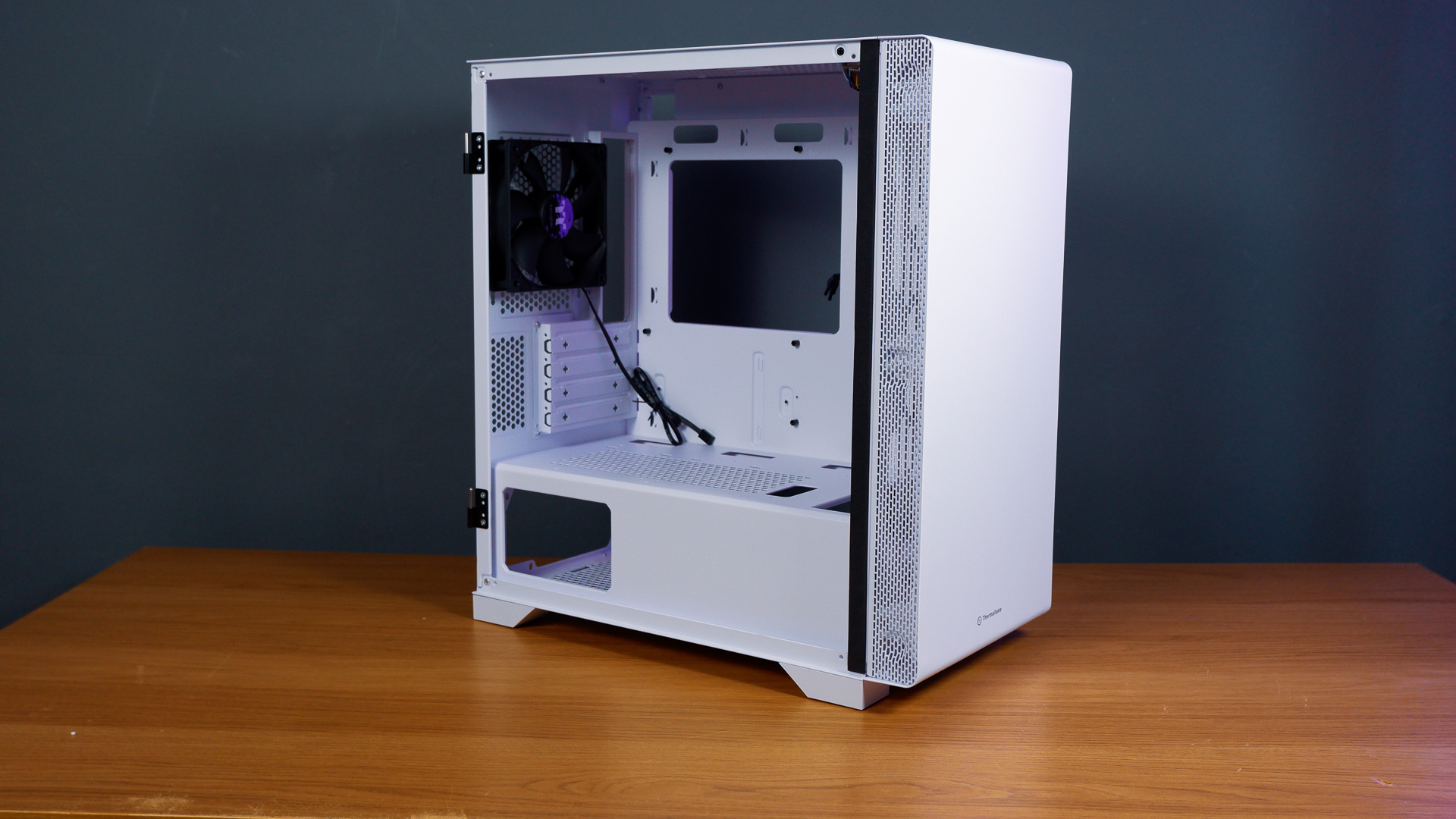Our Verdict
The Razer Blade 15 returns this year with even more power and speed without sacrificing any of its portability.
For
- Stellar build quality
- Impressive Game performance
- Lots of configurations
- Solid battery life
Against
- Still no AMD options
- Chassis is a fingerprint and dust magnet
PC Gamer's got your back
Now finally making its 2020 debut, the Razer Blade 15 has set the bar for gaming laptops over the last couple of years. Excellent build quality, decent battery life, and superb performance have always been the trio that pushes the Blade 15 above everyone else. Can the latest Razer keep its crown and remain king of the hill even with everyone else drastically stepping up their game? Absolutely. As more affordable gaming laptops pop up all over the place, the flagship Razer notebook doubles down on performance and style to keep itself on top of the pile.
Processor: Intel i7-10875H
Graphics: RTX 2080 Super with Max-Q
Memory: 16GB
Display: 15-inch IPS-level, 300Hz, 3ms
Resolution: 15.6-inch, 1920 x 1080
Storage: 1TB NVMe SSD
Battery: 80WHr
Connectivity: 3x USB 3.2, 2 x USB-C, 1 HDMI, 1x Mini Display, 1 Ethernet, SD Card Reader
OS: Windows 10 Home/Professional 64 Bit
Dimensions: .7" x 14.11" x 10.04"
Weight: 4.73 lbs
Warranty: One year limited
So far, this has been a pretty good year for gaming laptops. We are seeing more manufacturers embracing RTX Super Max-Q graphics, full AMD systems are becoming more viable, and Intel launched its 10th Gen chips. And this Razer Blade 15 is the $3,000 Advanced Model with the latest Intel i7 CPU, 16GB RAM (expandable to 64GB), 1TB SSD, 300Hz 1080p IPS display, and an RTX 2080 Super with Max Q Design.
All this is packed into a sub-five pound CNC milled aluminum chassis in metallic black. The Advanced Models of the Blade 15 (starting at $2,599) differ from Base Models by offering RTX Super graphics, 300Hz display, an 8-core Intel CPU, USB-C charge ports on each side, and built-in SD Reader.
If the Advanced price is a concern, the Base Models start $1,599 with more affordable options. Both Models have 4K OLED Touchscreen variants (inevitably for a premium) and a reasonably easy upgrade path for more memory and storage. There's a lot of choice for speccing out anything from mid- to high-tier gaming performance.
We have to give Razer credit for offering a boatload of different configurations for purchase from the jump. You can keep it simple with a gaming-focused Base Model and a GTX 1660 Ti, or go with the excessively beefy Advanced Model and its RTX 2080 Super with a 4K OLED screen. I would love to have seen some AMD options, like with the Dell G-series or Asus' Zephyrus gaming laptops. The performance of these systems is mostly on par with a lot of Razer's latest lineup, but at lower costs.
It's not the lightest gaming laptop you can buy, but five pounds is still way better than some of the mammoth-like workstation-esque laptops out there, offering similar performance and specs. It also means the Blade 15 travels well in your backpack or bag. An excellent choice for the gamer on the go... or if you don't have the real estate for a full-blown gaming desktop and monitor.
As someone who uses a work-issued MacBook Pro, I've always found the Razer Blade to be the closet gaming laptop out there to nail that MacBook aesthetic I've grown to like. But the Blade still manages to have its own flavor, even though at a glance it looks like a close cousin with the placement of the vertical speakers bookending the keyboard.
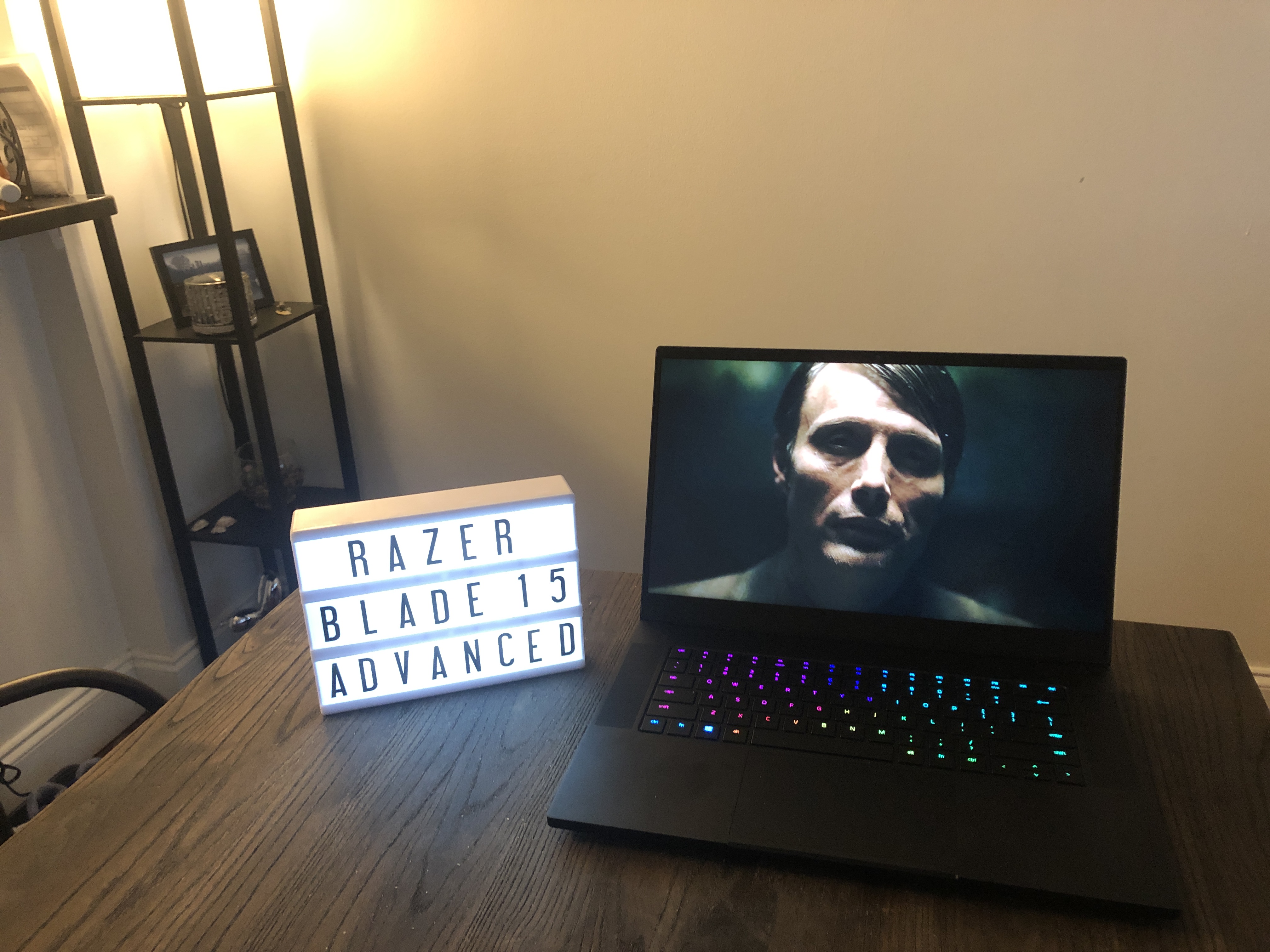

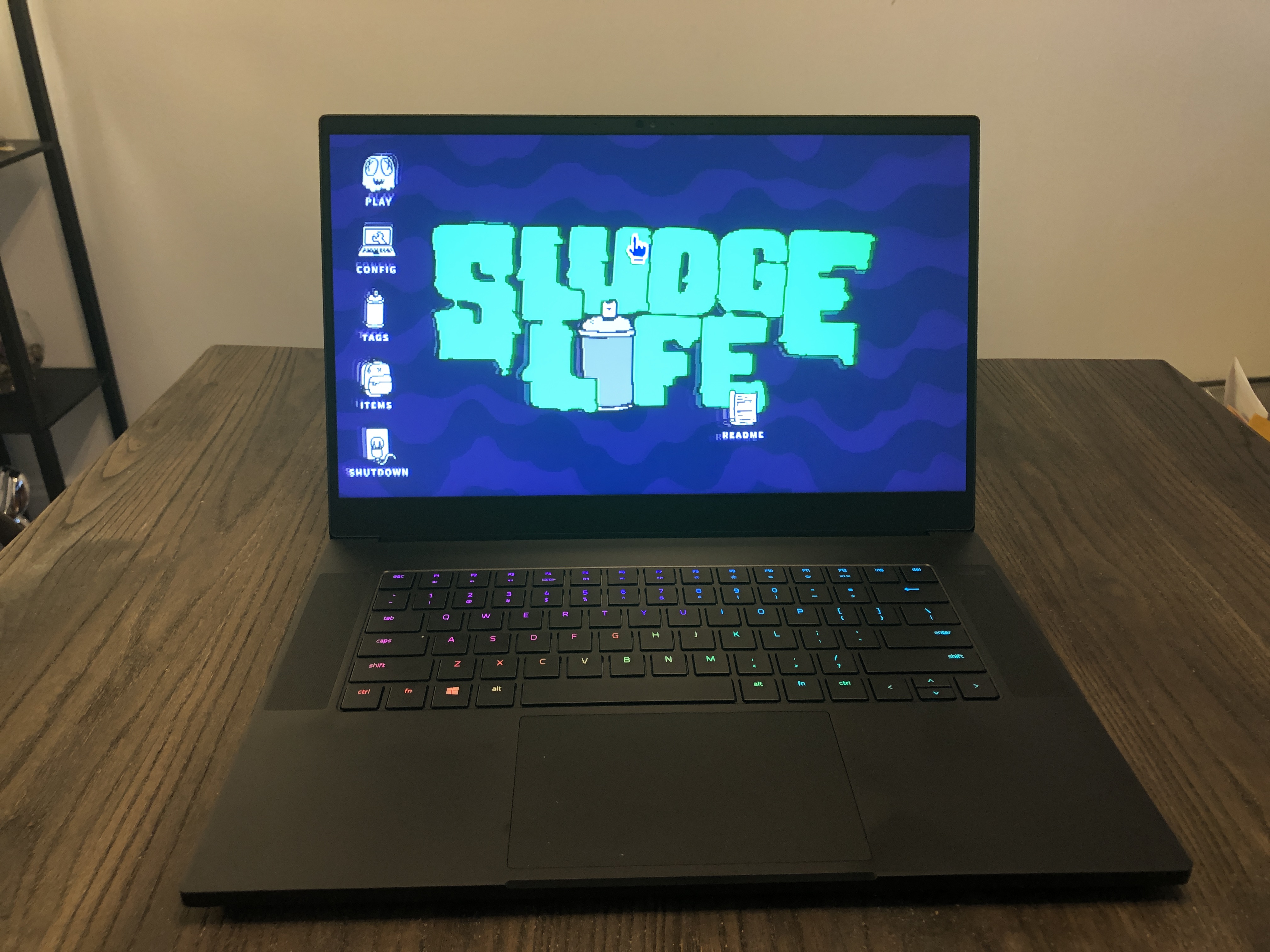
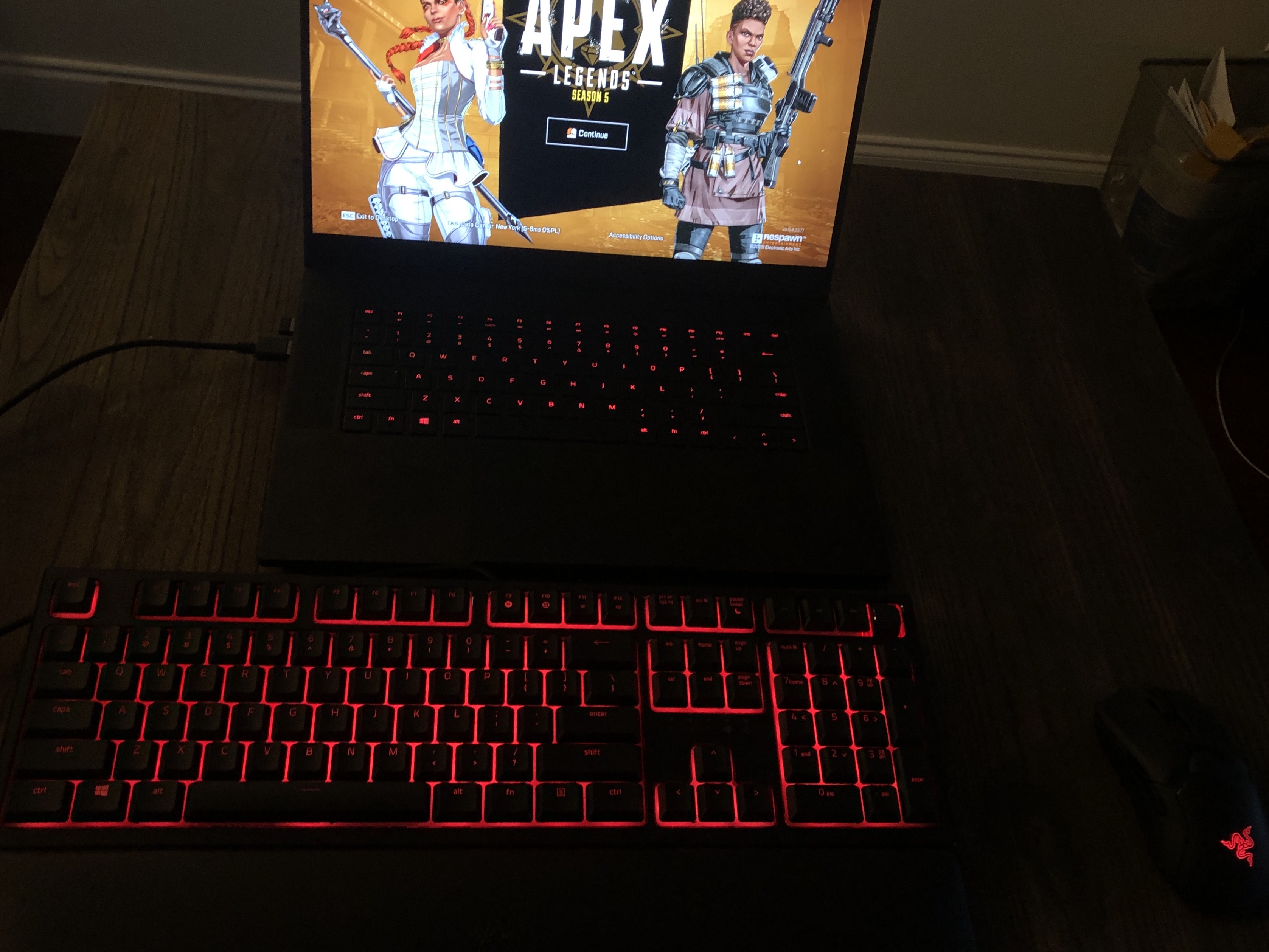
Cinebench R20: 2,451 cb (multi-core) 425 cb (single-core)
Geekbench 5: 5200
CrystalDiskMark Q32 Sequential (Read): 3,000 MB/s
CrystalDiskMark Q32 Sequential (Write): 2,100 MB/s
PCMark 10 Express: 5138 points
x264: 57 fps
Metro Exodus (1080p Ultra): 50 fps
Far Cry: New Dawn (1080p, Ultra): 82 fps
Division 2: 70 fps
Gears Tactics (1080p, Ultra) : 92 fps
Total War: Three Kingdoms (1080p, Ultra, Battle) 63 fps
3DMark Fire Strike: 16,698 points
3DMark Time Spy: (GPU) 7755 (CPU) 6461
3D Port Royal: 4686
Battery Life (gaming): 1 hour 14 minutes (Gaming) 4 hours 45 minutes (Productivity)
Keyboard snobs will be happy to see a larger shift and half-height arrow keys. The Blade 15 Advanced offers per-key RGB lighting over the Base Model's zonal lighting. Typing feels great, and I've always liked the feel of the Blade's keycaps. As you can see from the images, a lot of the similarities between the Blade 15 Advanced, and MacBook Pro seem deliberate when placed side-by-side. Other than this, the Blade's design remains unchanged from last year with the focus being to double down on cramming the best components into its thin frame.
While I love the Razer Blade's sleek modern design, I'm still surprised at how mediocre the built-in 720p webcam is. Even at $3,000, the Blade 15's webcam left a lot to be desired. In the age of multiple video calls a day, the idea of needing to spend an additional $100 on a decent 1080p option seems ridiculous.
The sample we received came equipped with a 300Hz display using an IPS panel. The thin bezel means you get a lot of game to display on its 15 inches of screen real estate. If you're considering the 4K OLED display, keep in mind that while the 4K benefits for content creation are evident, the extra demand on the system's battery isn't going to be great for any remote working away from a plug socket. From a more practical approach, I'll take 1080p, 300Hz gaming over 4K 60Hz any day. Once you play Call of Duty or Valorent at 300Hz, it's tough to go back to anything else.
As lovely as the Razer Blade 15 looks, it doesn't matter unless the performance is there to justify that $3,000 price point. Here, the Blade 15 doesn't disappoint as it easily trounces the benchmark scores from last year's model in both gaming and productivity. As you can see from the 6,000 it scored on Geekbench 5 and 2,331 (multi-core) on Cinebench, you'll be able to comfortably work through non-gaming tasks, such as video editing without much trouble. Though I did notice it ran a bit hot during some of our gaming benchmarks, consistently hitting triple digits Fahrenheit.
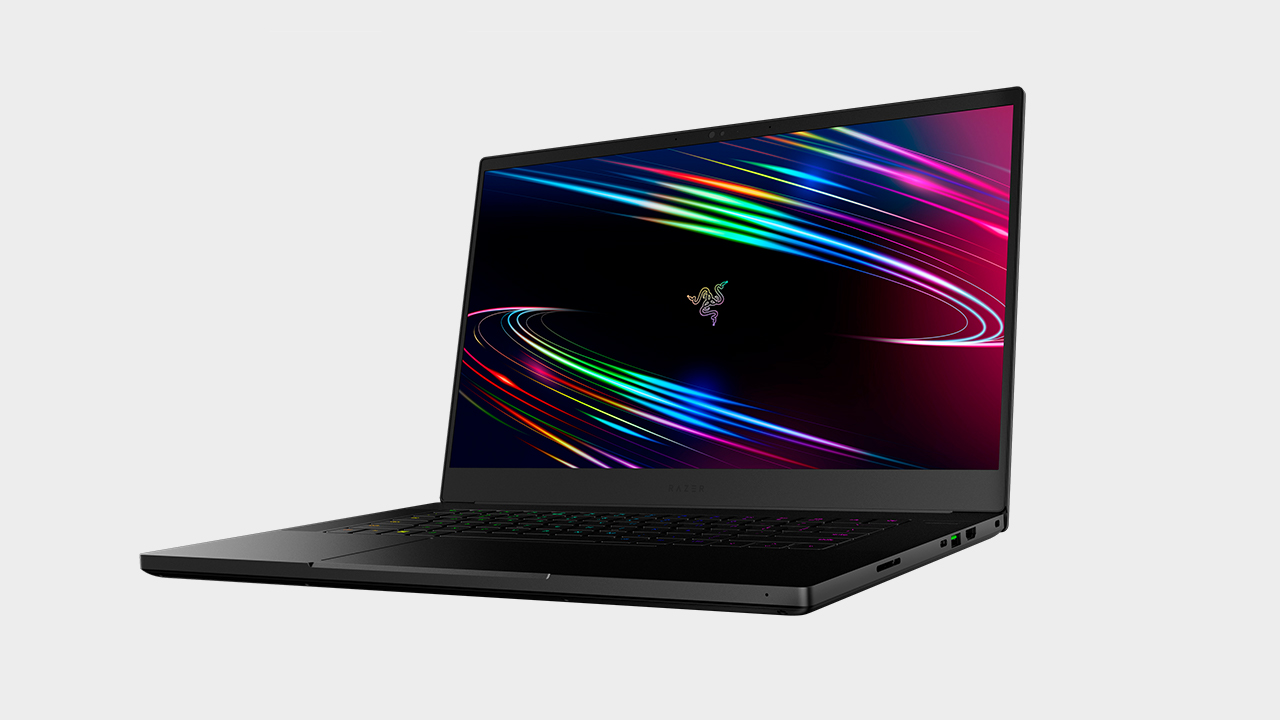
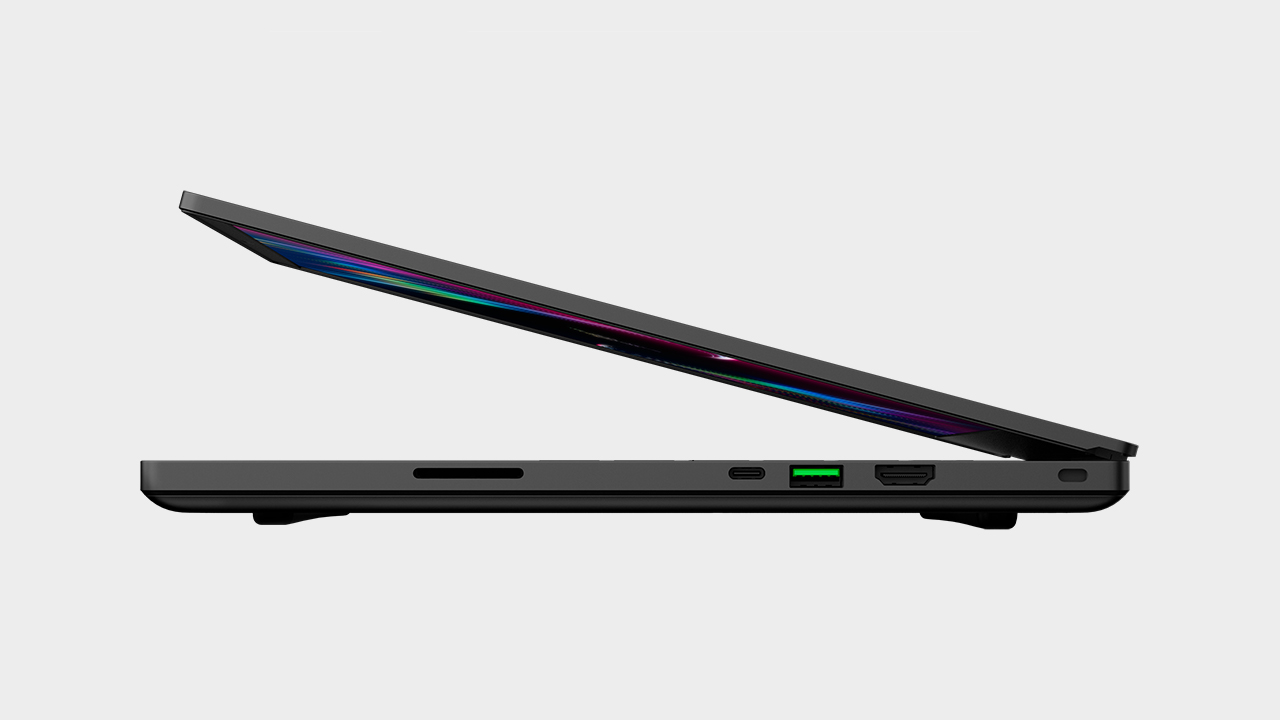
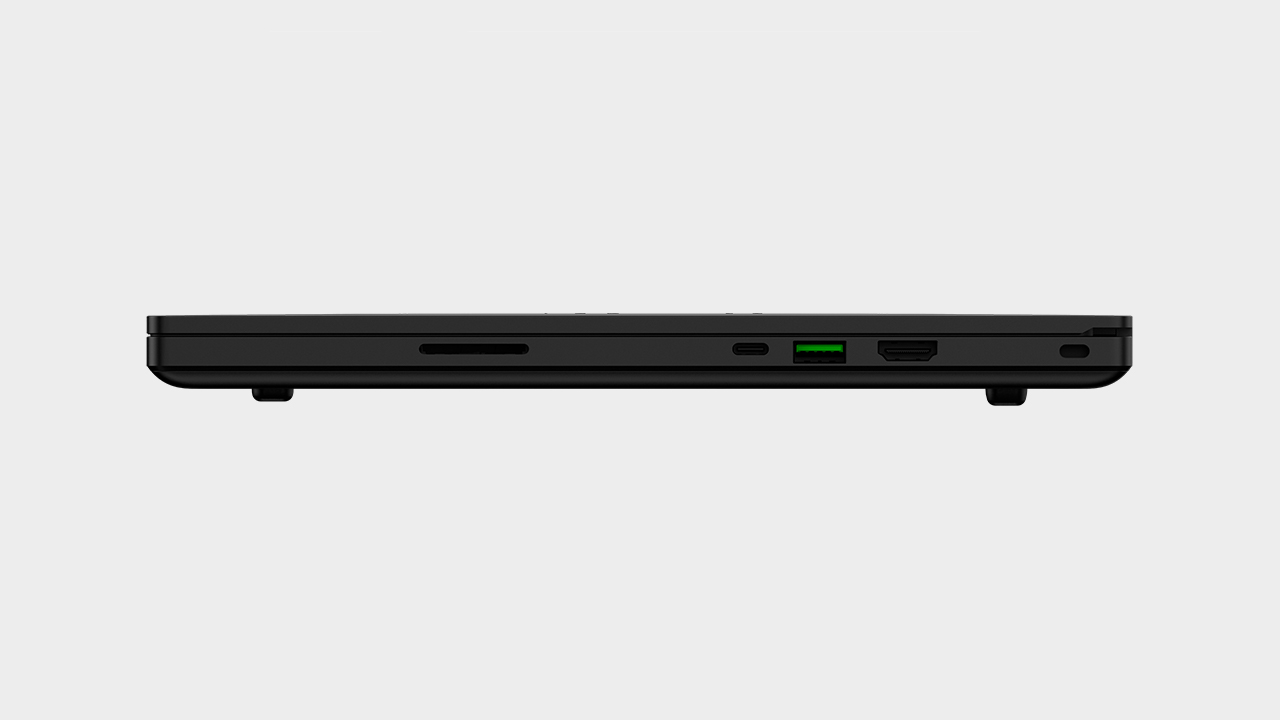
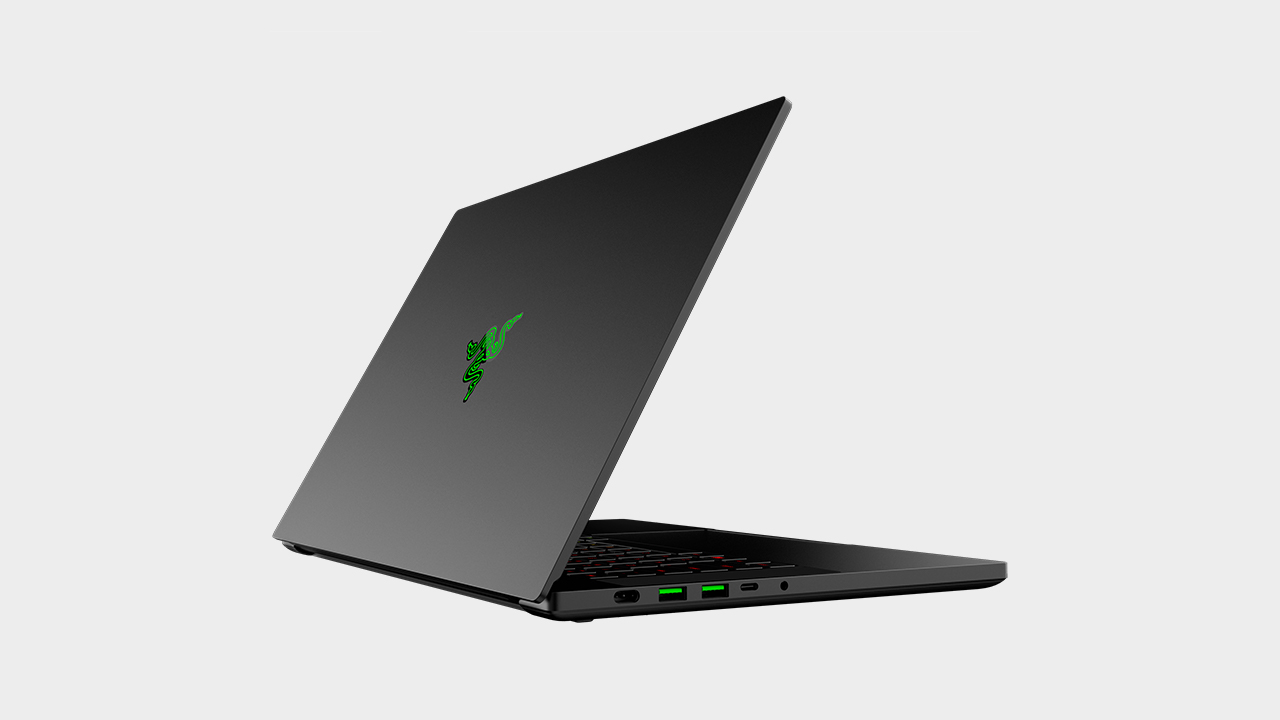
Metro Exodus and Total War: Three Kingdoms are our current favorite games for pushing graphics cards to the brink, in which the Razer Blade 15 Advanced performed well. It managed 52fps in Metro (1080p, Ultra settings, and Raytracing on) and an impressive 63fps in Three Kingdoms (1080p Ulta, Battle Scenario). On less system-taxing games, such as the well-optimized Gears Tactics and Far Cry New Dawn, the Blade 15 easily topped 80+ frames, hitting 92fps in Gears and 82fps in New Dawn.
The Blade 15's battery can get you about seventy-five minutes of game time, which is typical for these sorts of laptops. The near five non-gaming hours of battery life, however, was a bigger shock to me, especially considering we'd be lucky to get a couple of hours from some of our other favorite laptops.
The Razer Blade 15 Advanced has got the size and power to make itself a serious competitor for replacing your desktop. It's still my favorite gaming laptop I've tested this year, but the gap is closing with other brands offering impressive price/performance combos that could give the Blade 15 a run for its money. Today's Razer Blade 15 Advanced might essentially be more of the same, but that's not always bad.
With all that power, you can be sure the Razer Blade 15 Advanced will run any of the options on our list of best laptop games as well.
The Razer Blade 15 returns this year with even more power and speed without sacrificing any of its portability.

Jorge is a hardware writer from the enchanted lands of New Jersey. When he's not filling the office with the smell of Pop-Tarts, he's reviewing all sorts of gaming hardware, from laptops with the latest mobile GPUs to gaming chairs with built-in back massagers. He's been covering games and tech for over ten years and has written for Dualshockers, WCCFtech, Tom's Guide, and a bunch of other places on the world wide web.
